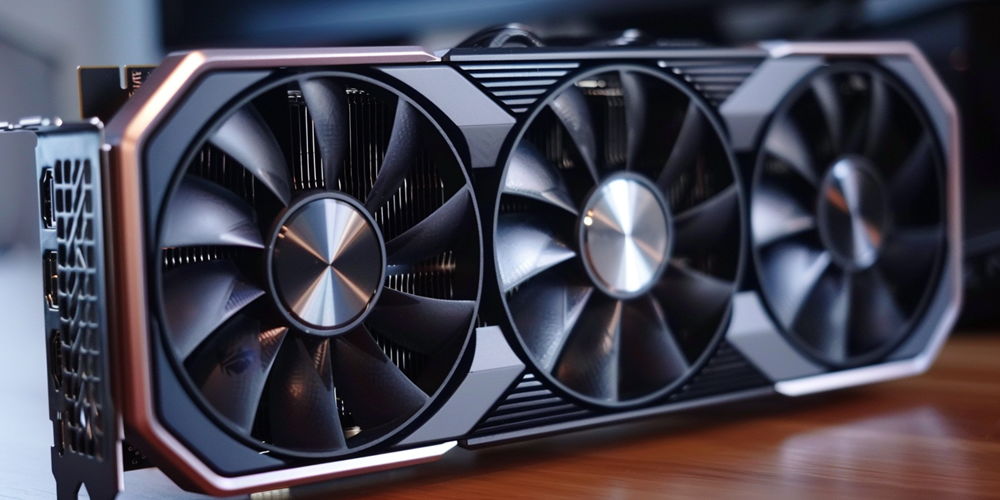An intriguing engineering prototype has surfaced, shining a light on NVIDIA’s pre-launch product naming deliberations. This prototype, a GeForce 2070, serves as a historical piece showing NVIDIA’s debate on branding during their transition to the Turing architecture. Labeled as an RTX 2070, it surprisingly aligns more closely with the RTX 2060 SUPER, featuring 2176 CUDA cores, not the 2304 as seen in the final RTX 2070 retail model. This discovery suggests that the GTX label, which had been successful in the past, was initially considered for the new lineup. The subsequent switch to the RTX moniker reflects NVIDIA’s final marketing decision to push forward with promoting their new ray tracing technology. Collectors and tech buffs now have a unique specimen that captures a pivotal moment in NVIDIA’s history as the company balanced innovation with the legacy of the GTX series.
Insights Gained from Testing the Prototype
Upon evaluating the GTX 2070 prototype, it became clear that despite lacking the extra cores of the retail RTX 2070, this GPU is quite powerful. Flashing this rare find with the official RTX 2070 vBIOS increased its power limit but didn’t activate any additional cores. However, when overclocked, the GPU performed at levels remarkably close to the full RTX 2070, reaching up to 95% of the latter’s performance. This outcome demonstrates that even without the final version’s features, significant power can be unlocked from these engineering samples through overclocking.
The GTX 2070 sample’s existence and its impressive performance provide insights into NVIDIA’s development and optimization process. It reveals that a GPU’s potential isn’t solely dependent on its listed specs; fine-tuning and optimization also play crucial roles in its overall power. NVIDIA evidently ensures that their GPUs, pre-released versions included, undergo thorough refinement to maximize their capabilities.
Transition in Brand Strategy
Shedding Light on NVIDIA’s Brand Evolution
The GTX 2070 engineering sample tells a story about NVIDIA’s pivotal period during the Turing GPU architecture’s inception. It reflects the internal debates over the shift from the established “GTX” to the new “RTX” branding, which embodied the cutting-edge technologies of real-time ray tracing and AI enhancements. This was more than a simple rebranding; it was a strategic move to underscore NVIDIA’s leap into a new era of graphic innovation, albeit a risky one due to departing from the successful “GTX” series. The transition marked NVIDIA’s commitment to spearheading next-gen gaming experiences, even as the “GTX” legacy lingered in the form of prototypes like the 2070. The naming dilemma encapsulated the company’s direction, finally adopting “RTX” to mirror its push toward a future rich with technological advancements in gaming.
The Importance of Branding in Technological Progression
The GTX 2070 prototype embodies more than just an engineering anomaly; it represents a tangible reflection of NVIDIA’s thought process during an era of transformation. The shift from “GTX” to “RTX” was not a trivial marketing update; rather, it was a public declaration of confidence in ray tracing technology. NVIDIA’s ultimate aim was to pivot the market’s expectations and establish a new standard by which GPU performance would be evaluated. Branding, while sometimes overlooked, plays an integral role in how new technologies are adopted and perceived by users. It frames the narrative.
This episode in NVIDIA’s storied history underscores the importance of strategic branding, especially during times of technological upheaval. The process is neither simple nor immediate, as shown by the existence of this GTX 2070 sample, a product caught in the crossfire of progress. But, as the tale of the GTX 2070 shows, these branding decisions can have lasting effects on the adoption and success of future technologies.

